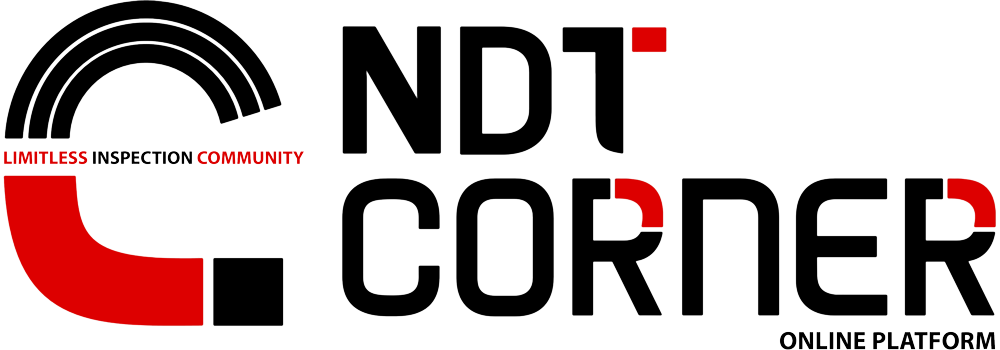
Laser scanning for storage tank inspections.
23 Nov 2022 Download PDF
Laser scanning for storage tank inspections and engineering
New technologies in data registration eliminate the need to place targets in-field, reducing training, on-site preparation and risk of project failure. This enables local teams to perform scanning, which reduces mobilization costs and turnaround time. Reduced turnaround time means that tanks are out of service for shorter intervals, saving the user time and resources.
Advanced algorithms are used to evaluate as-built conditions by reconstructing the tank in 3-D with survey-grade accuracy from hundreds of millions of data points. Improvements in computing power allow this to be completed in a matter of a few hours once scanning is completed.
Accurate 3-D models are used to identify deformations of each component from design dimensions. These analyses include floor settlement, shell deflection, shell peaking and banding, shell verticality, column verticality, girder and rafter deflection, roof settlement and floating- roof rim space. Holistic analysis of the tank allows inspectors to trace the root cause of a failure. The graphic user interface (GUI) will highlight areas of localized stress, making it simple to identify areas of risk and address those concerns. If a problem area is identified, engineers can easily isolate and extract data to perform additional investigations.
Other applications. Flow modeling is applied to determine the volumetric capacity, freeboard volume, overflow location and direction of overflow for these structures. Also used for tank calibration. Detailed models of the internal structure of the tank allow for accurate deadwood delineation, especially in complex tanks equipped with heating coils.
Check more information on the system
https://ndtcorner.com/en/product/78

